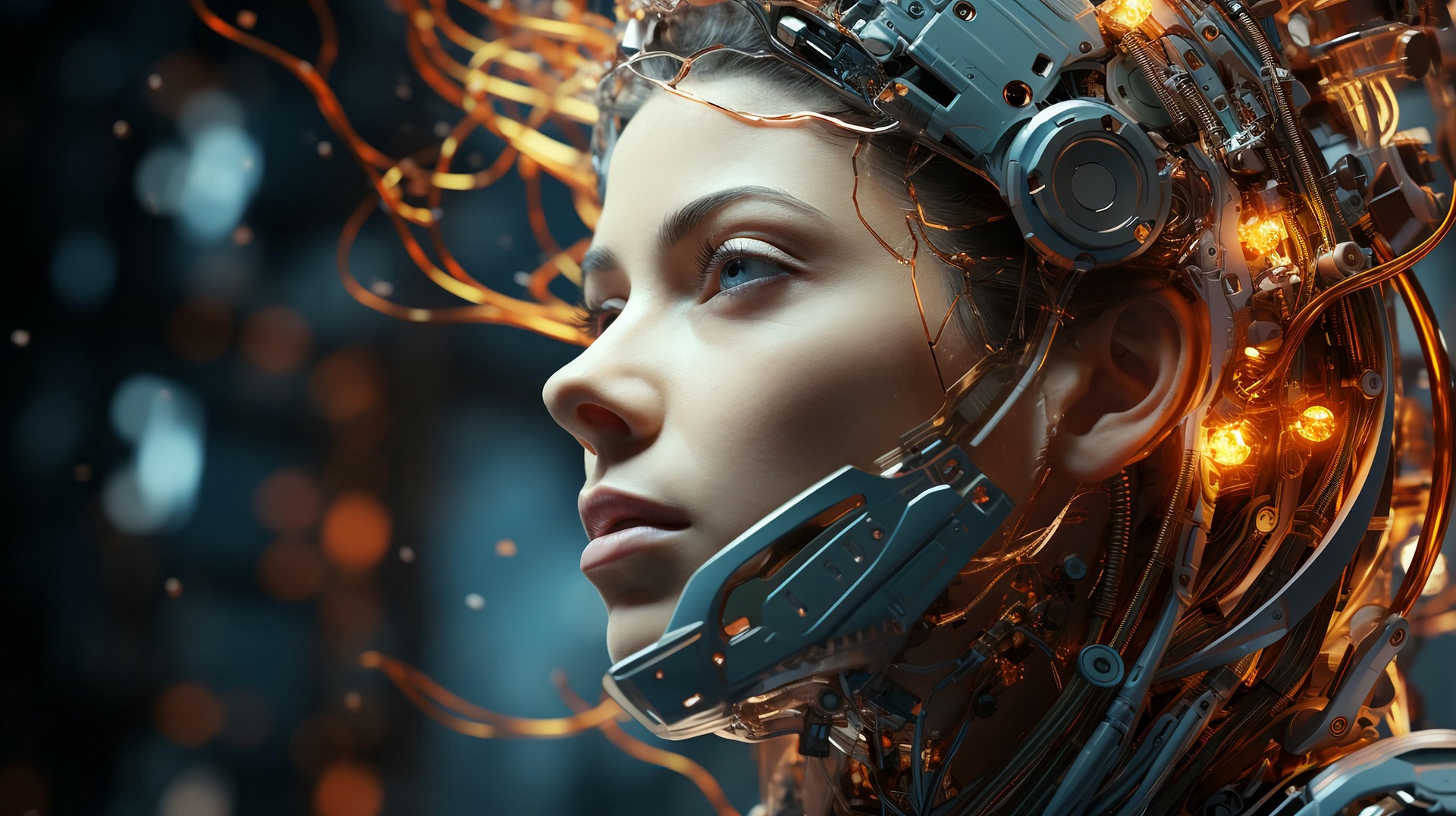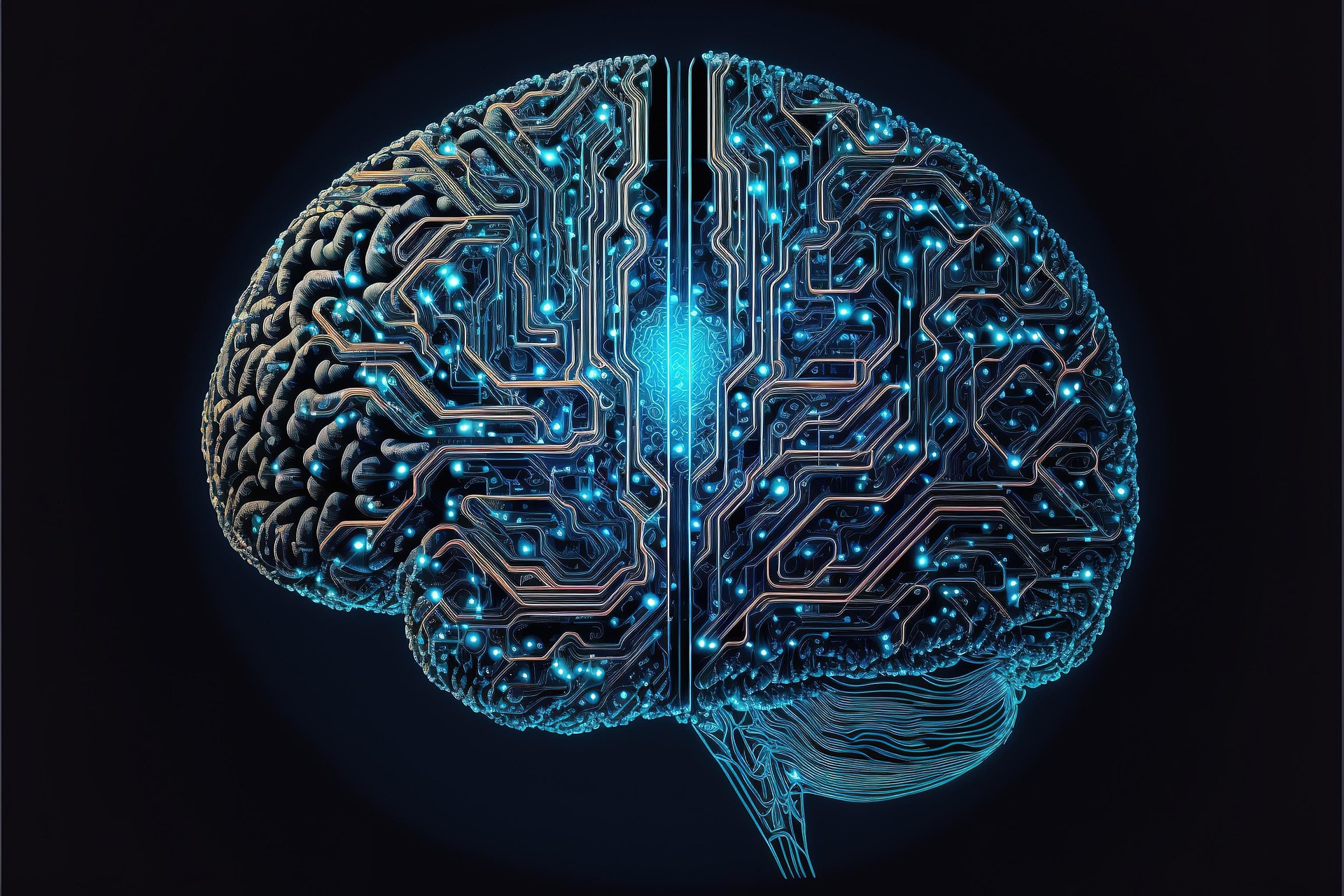
Introduction
In the rapidly evolving tech world, generative AI has emerged as one of the most transformative innovations of the 21st century. From creating realistic images and generating human-like text to revolutionizing software development and reshaping creative industries, generative AI is redefining the boundaries of what’s possible with artificial intelligence.
As of 2025, the global AI race is accelerating, and generative AI tools like ChatGPT, DALL·E, Midjourney, and Google’s Gemini are not just tools—they’re becoming central to how people work, create, and communicate.
This article explores the latest developments in generative AI, its impact across industries, key players in the market, ethical concerns, and what we can expect in the near future.
What Is Generative AI?
Generative AI refers to a class of artificial intelligence models that can generate new content—text, images, audio, video, and even code—based on the data they’ve been trained on. Unlike traditional AI, which is mostly analytical and reactive, generative AI is creative and predictive, producing outputs that closely mimic human creativity.
Some of the most popular generative AI models include:
ChatGPT (OpenAI) – Generates human-like text.
DALL·E (OpenAI) – Creates images from text descriptions.
Midjourney – Produces stunning, artistic visuals.
Google Gemini (formerly Bard) – A powerful generative AI for multi-modal tasks.
Runway ML – AI video generation and editing.
Suno AI, ElevenLabs – For generating realistic voice and music.
Latest Breakthroughs in Generative AI (2024–2025)
1. Multimodal AI Goes Mainstream
Generative AI is no longer limited to just text or images. Multimodal models like OpenAI’s GPT-4o and Google’s Gemini 1.5 can now understand and generate content across text, images, audio, and video—within a single model.
This capability allows users to:
Upload a photo and get a textual analysis
Generate a short video based on a blog post
Speak to an AI assistant that responds with voice and visuals
2. Real-Time AI Assistants
Real-time generative AI assistants are now embedded into smartphones, wearables, and operating systems. For example:
Microsoft Copilot is built into Windows 11
Apple Intelligence, launching on iOS 18, integrates ChatGPT into Siri
Meta AI is now available on WhatsApp, Instagram, and Facebook apps
These AI assistants are more responsive, context-aware, and capable of multi-turn conversations across tasks.
3. AI-Generated Videos Take Off
Generative video platforms like Sora (OpenAI) and Runway are now able to generate realistic short films from simple text prompts. This is revolutionizing:
Advertising
Independent filmmaking
Educational videos
Social media content creation
4. AI Music and Voice Cloning
Tools like Suno AI and ElevenLabs are transforming the music industry. They can:
Generate a song from a lyric or mood prompt
Clone a voice with a few minutes of audio
Create background scores for videos and podcasts

Generative AI’s Impact Across Industries
1. Education
Generative AI is reshaping how students learn and how teachers teach:
Personalized tutoring via AI chatbots
AI-generated quizzes, summaries, and lesson plans
Language learning through voice-based AI conversations
EdTech companies are integrating generative AI into learning platforms to support individual learning styles and reduce teacher workload.
2. Business & Marketing
Marketers are using generative AI to:
Create blog posts, product descriptions, and ad copy
Generate logos, social media posts, and visual content
Automate customer support and email campaigns
In 2025, AI-driven content creation has become a core part of digital marketing strategy.
3. Creative Arts & Design
Artists, designers, and musicians are collaborating with generative AI to co-create:
Digital paintings and graphic art
Album covers and posters
Music compositions and beat generation
This raises philosophical questions about authorship and originality, but it’s also enabling more people to express themselves creatively.
4. Healthcare
Generative AI is improving healthcare by:
Generating synthetic medical data for research
Assisting in radiology and diagnostics
Automating clinical documentation and report writing
AI-generated medical summaries are helping doctors save time and focus more on patient care.
5. Software Development
Tools like GitHub Copilot, Amazon CodeWhisperer, and Gemini Code Assist are accelerating coding tasks:
Auto-generating code snippets
Suggesting bug fixes
Writing documentation and tests
Many startups and solo developers now build MVPs (Minimum Viable Products) in days, not weeks.
The Economic Impact of Generative AI
According to McKinsey and Goldman Sachs, generative AI could add $2.6–$4.4 trillion annually to the global economy. Industries like banking, healthcare, and education are expected to see the highest returns.
A few key economic trends:
AI job roles are in high demand (AI prompt engineers, AI trainers, ethics officers)
Traditional roles are being redefined, not just replaced
Small businesses are leveraging generative AI to compete with larger corporations.
Top Companies Driving the Generative AI Revolution
| Company | Notable Products |
|---|---|
| OpenAI | ChatGPT, DALL·E, Sora |
| Google DeepMind | Gemini 1.5, Imagen, AlphaCode |
| Microsoft | Copilot, Azure OpenAI |
| Meta | Llama models, Meta AI |
| Anthropic | Claude |
| Stability AI | Stable Diffusion |
| Runway | Runway Gen-3 video AI |
| Adobe | Firefly (for creatives) |
These tech giants are investing billions into AI infrastructure, cloud computing, and foundation models to stay ahead.

Challenges & Ethical Concerns
Despite its promise, generative AI comes with serious challenges:
1. Misinformation and Deepfakes
AI-generated fake news, videos, and cloned voices pose risks to democracy and public trust.
2. Bias in AI Models
Generative AI can unintentionally reproduce racial, gender, or cultural biases present in training data.
3. Job Displacement
While new jobs are being created, some roles—especially in content writing, customer support, and data entry—are being automated.
4. Copyright and Ownership
Who owns AI-generated content? This legal question is still being debated in courts worldwide.
5. Data Privacy
Models trained on public internet data may inadvertently output personal or copyrighted information.
Governments and Regulations
Countries are moving swiftly to regulate generative AI:
European Union passed the AI Act in 2024 to regulate model transparency and usage.
United States issued executive orders on responsible AI development.
India is working on AI ethical guidelines and data privacy regulations.
The goal is to ensure that generative AI is safe, inclusive, and accountable.
Future Outlook: What’s Next for Generative AI?
Here’s what we can expect over the next 2–5 years:
AI Personalities: Fully interactive AI characters for personal or business use
Neuro-symbolic AI: Combining logic and generative power for more robust reasoning
More Open-Source AI: Communities like Hugging Face and Stability AI will democratize access
Ethical AI Certifications: Just like food labels, AI tools may carry “ethically developed” tags
Wider Adoption in Developing Nations: Mobile-first generative AI tools for education, farming, and finance
Generative AI will continue to evolve rapidly, and staying informed is the key to using it responsibly and effectively.
Conclusion
Generative AI is not just a trend—it’s a technological revolution. As we enter the second half of 2025, its applications are everywhere, from education and healthcare to marketing, design, and entertainment. But with great power comes great responsibility.
Understanding its potential, challenges, and future direction will help individuals, businesses, and governments navigate this AI-powered world wisely.
Whether you’re a creator, student, entrepreneur, or policymaker, generative AI offers immense opportunities—if used with care, purpose, and ethical oversight.
